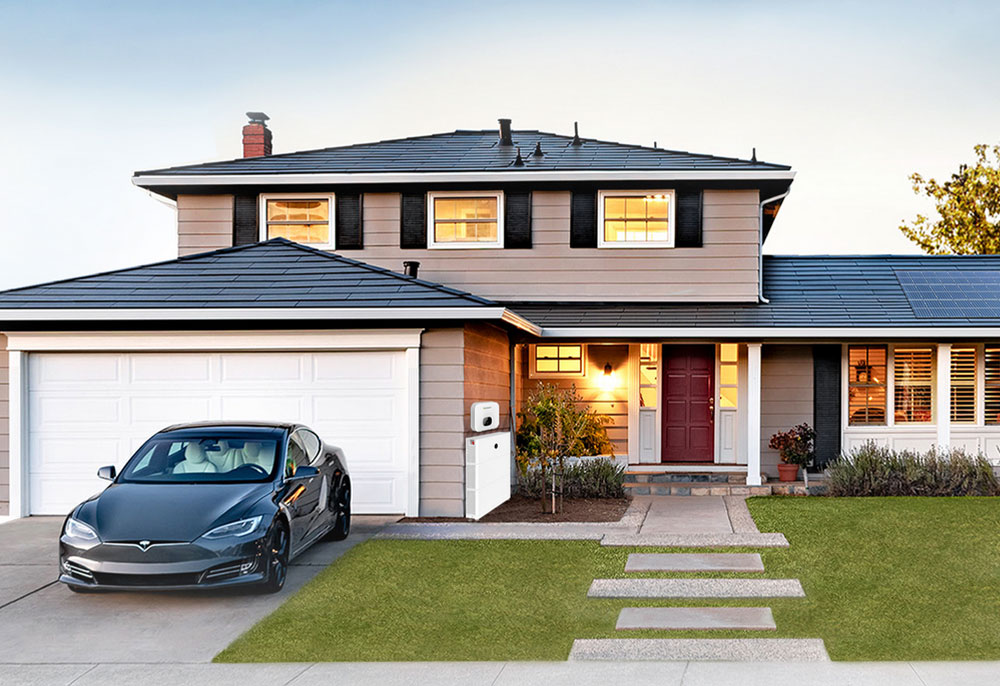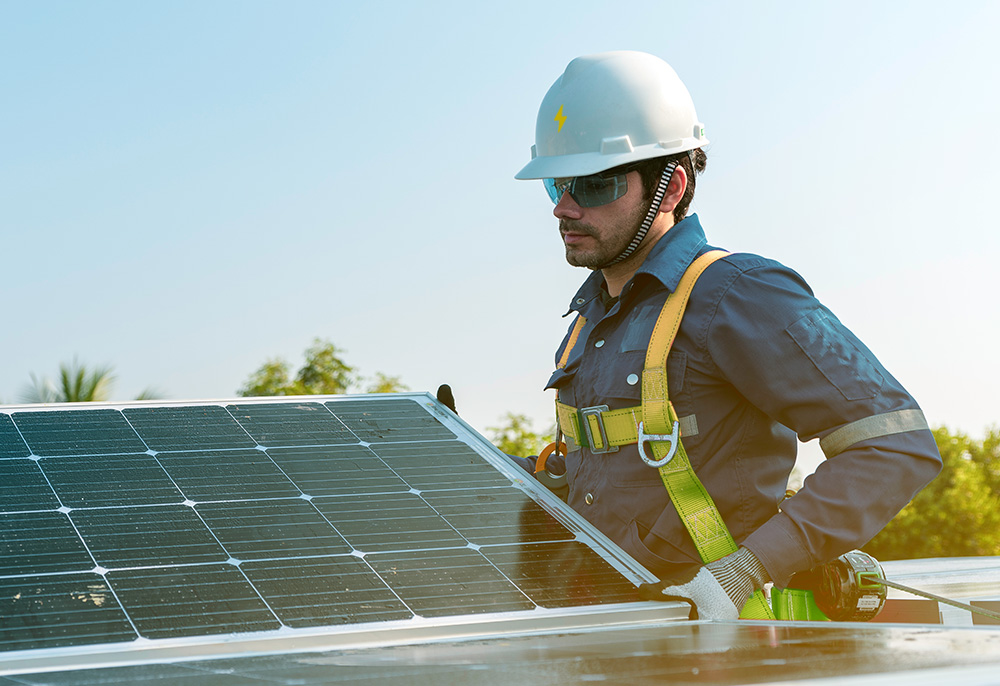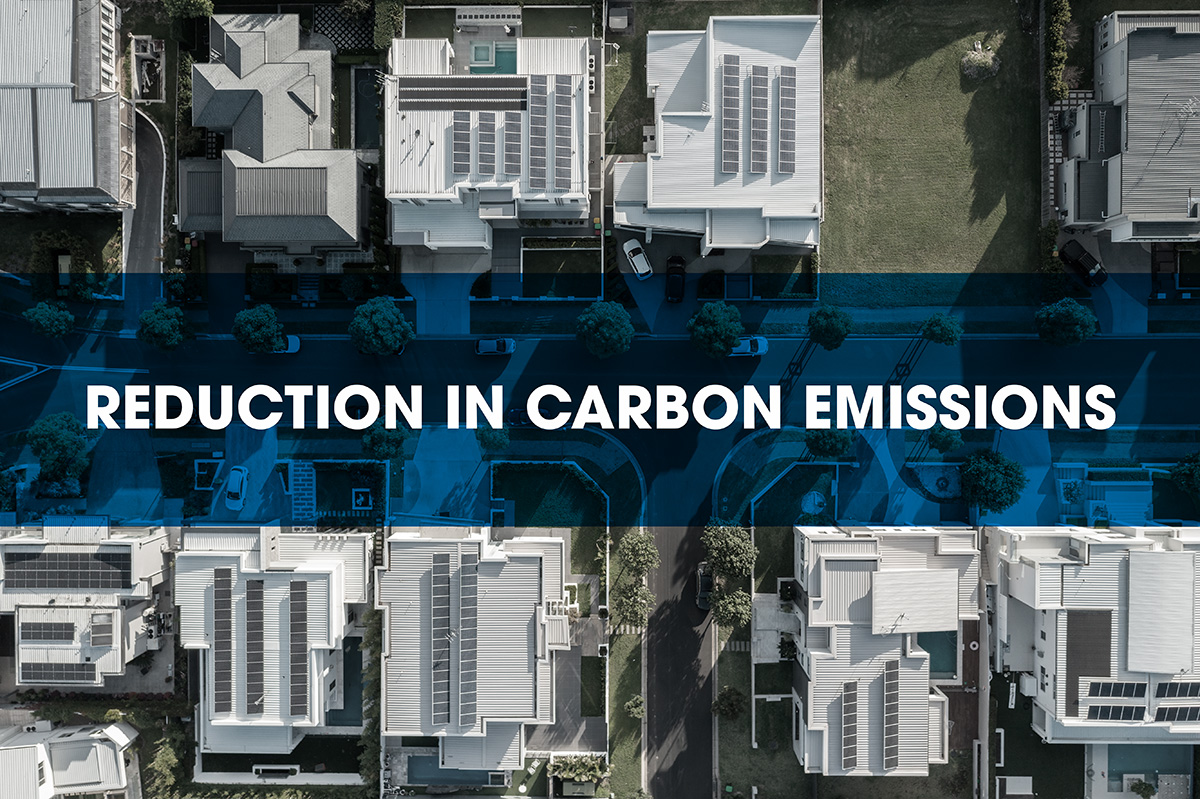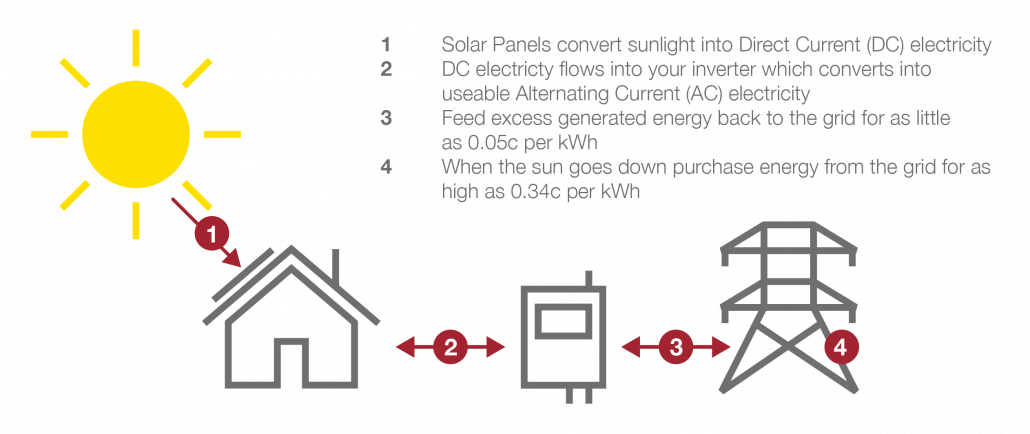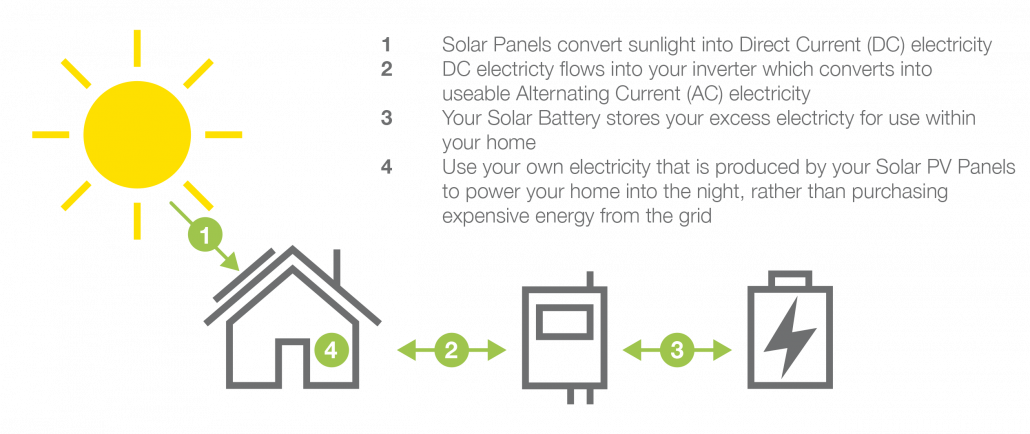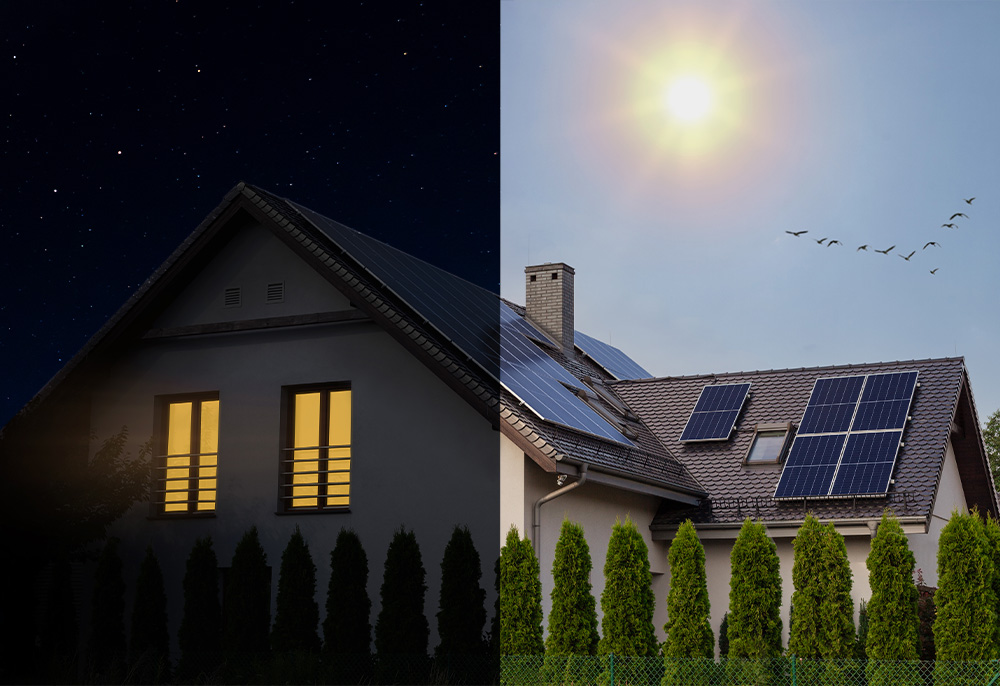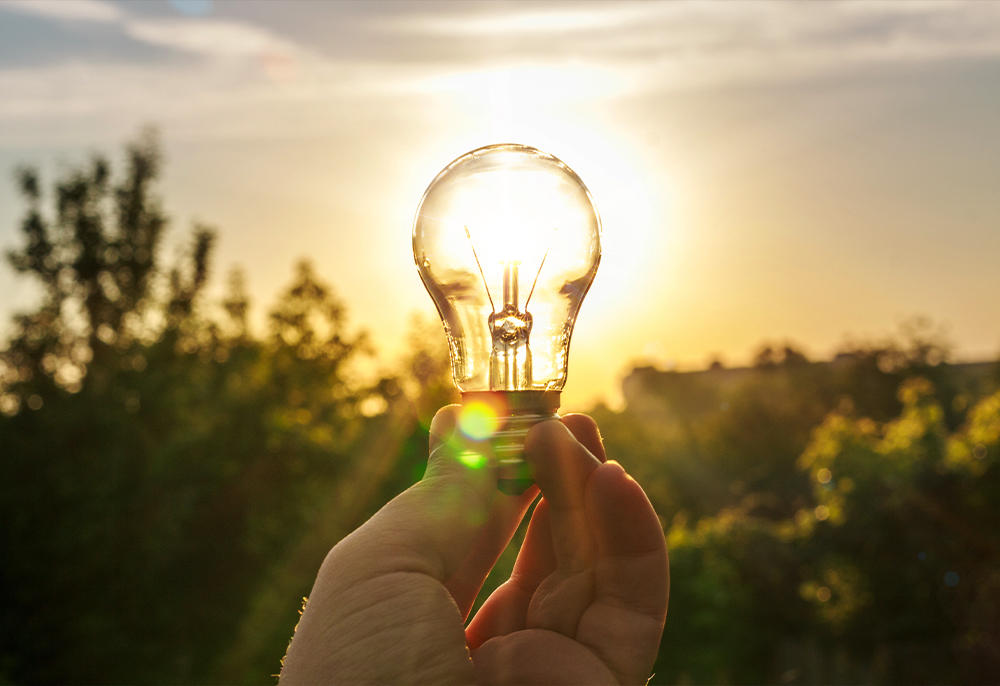When it comes to renewable energy solutions for the home, integrating the power of solar panels with battery storage is the key. With sustainability and environmental responsibility on the minds of billions around the world, building a renewable energy ecosystem is not just a goal but a necessity.
This article delves into how integrating solar panels with battery storage paves the way for a cleaner, more sustainable energy future.
The Role of Solar Panels in Renewable Energy
Solar panels have become synonymous with clean energy. They harness the sun’s power, an abundant natural resource, to generate electricity. Unlike fossil fuels, solar energy production emits no greenhouse gases, making it a key player in efforts to combat climate change. However, the real challenge lies in the intermittent nature of solar power — it’s only available during daylight hours. This is where battery storage is a game changer.
Advancements in battery storage technology have led to more efficient, longer-lasting, and eco-friendly options.
Battery Storage: The Missing Link
Battery storage technology is pivotal in addressing the intermittency issues of solar power; by storing excess energy generated during sunny periods, batteries ensure a continuous energy supply. Furthermore, advancements in battery storage technology have led to more efficient, longer-lasting, and eco-friendly options, cementing its role in the renewable energy landscape.
The Synergy between Solar Panels and Battery Storage
The combination of solar panels and battery storage creates a symbiotic relationship, enhancing the efficiency and effectiveness of each system. Solar panels charge the batteries, providing a reliable energy source when needed, creating a self-sustaining loop of energy production and consumption. This synergy reduces dependency on traditional power grids and fossil fuels, moving us closer to a fully renewable energy ecosystem.
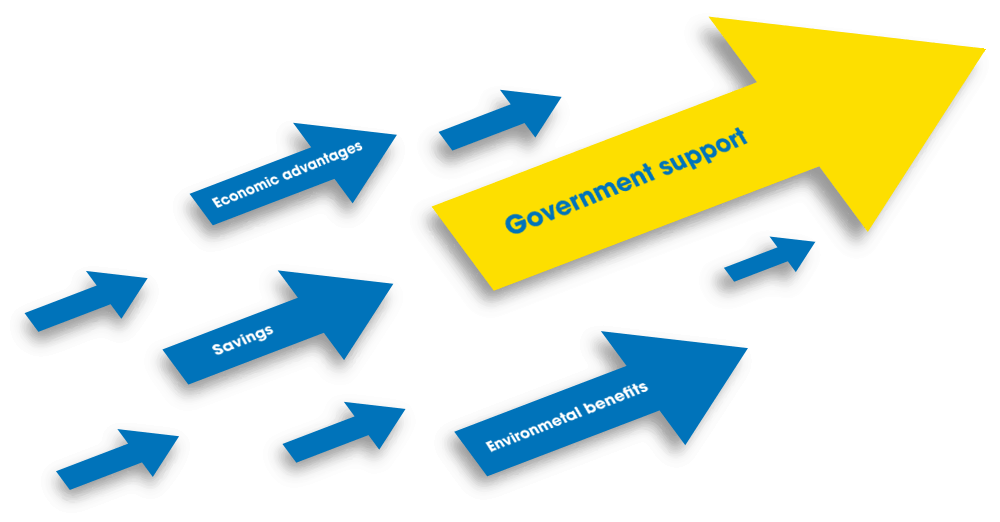
Economic and Environmental Benefits
Adopting a solar-plus-storage system has notable economic advantages. Firstly, it can significantly reduce electricity bills as users become less dependent on grid-supplied power, especially during peak times when electricity rates are higher.
Environmentally, this system reduces carbon footprints by lowering reliance on fossil-fueled power generation, thus contributing positively to the fight against global warming.
Future Prospects
With continuous technological advancements and increasing government support through subsidies and incentives, solar panels and battery storage systems are becoming more accessible and efficient. The future promises further integration of these systems with smart grid technology, enhancing energy distribution and management efficiency.
From solar panels to battery storage, building a renewable energy ecosystem is crucial for a sustainable future. This synergy not only champions environmental protection but also offers practical economic benefits. As technology evolves and becomes more integrated into our energy infrastructure, the dream of a fully renewable and sustainable energy ecosystem becomes increasingly attainable.
Embracing this green energy transition is imperative for our planet’s health and for our future generations.
Solar Battery Group can help you take charge of your energy solutions. Our cutting-edge solar battery solutions empower you to harness the sun’s abundant energy and store it when needed.

